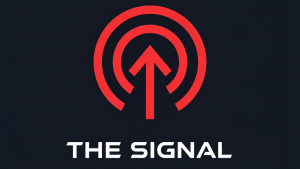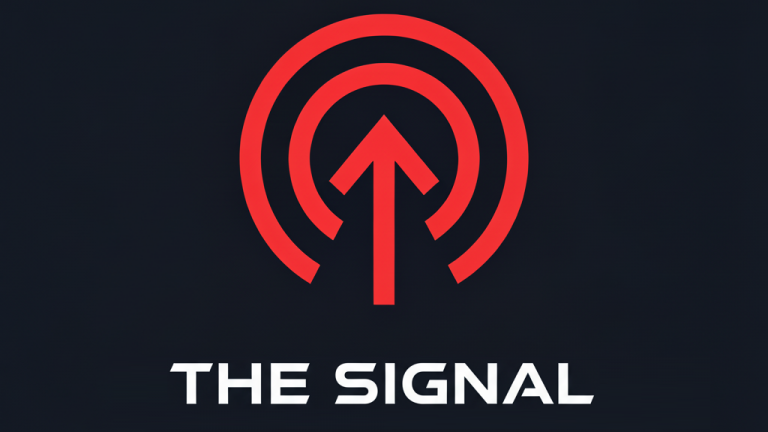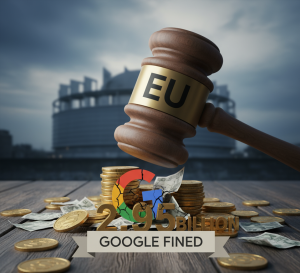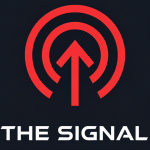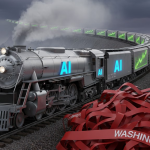How U.S. Manufacturers and Consumers Are Paying and How Companies Are Fighting Back
A new round of broad and targeted U.S. tariffs is filtering through supply chains, prices, and payrolls. Factory activity remains in contraction, goods inflation has firmed, and corporate strategies have shifted from stopgaps to structural workarounds. This article summarizes the latest data and company disclosures to map the impact of tariffs on the economy and how firms are responding.
The Tariff Landscape in 2025
This year’s policy mix combined baseline, country-differentiated tariff rates with continued actions aimed at China in categories such as EVs, solar components, and select semiconductors. The Office of the U.S. Trade Representative (USTR) extended a subset of product-specific exclusions through November 29, 2025, preserving temporary relief for items on its exclusion lists. Meanwhile, the long-standing de minimis threshold for low-value imports, which previously allowed most sub-$800 parcels to enter duty-free, has been ended, a change reverberating across cross-border e-commerce and small parcel logistics.
For operators, the policy cadence has been almost as consequential as the rates. Staggered announcements, rolling comment periods, and cliff-edge deadlines have introduced planning frictions: procurement calendars were rewritten; inventory pulls were timed to policy dates; and trade-compliance teams became central to quarterly guidance.
The Macro Signal: Softer Factories, Stickier Goods Prices
Manufacturing activity: The ISM® Manufacturing PMI® for August 2025 registered 48.7, the sixth straight month of contraction. Supplier delivery times lengthened, and prices paid remained elevated, classic markers of cost pressure in industrial supply chains (ISM). S&P Global’s PMI commentary likewise flagged tariffs as a driver of input-cost increases and selling-price hikes in goods categories (S&P Global).
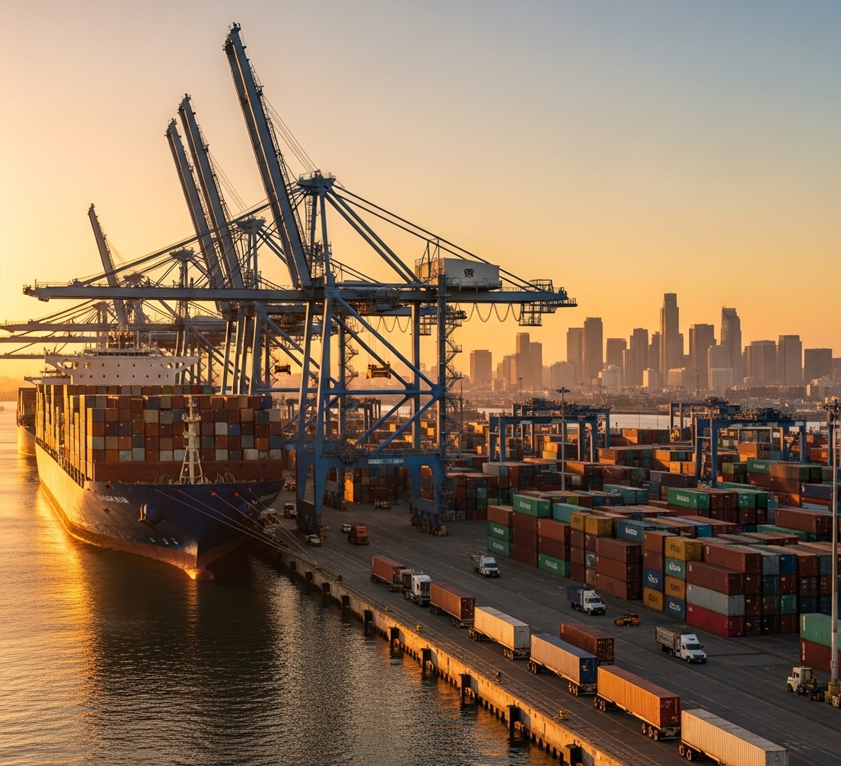
Jobs: The August employment report showed manufacturing payrolls down 12,000 on the month and roughly 78,000 lower than a year earlier, even as the broader economy posted modest net gains. Anecdotal surveys and business commentary increasingly cite trade policy uncertainty as a drag on hiring and capital-expenditure timing.
Prices and pass-through: Early empirical reads point to meaningful though incomplete pass-through of tariff costs. The Yale Budget Lab estimates 80% pass-through into domestic prices for the 2025 measures, a range consistent with prior tariff episodes. A recent FRB San Francisco analysis similarly concludes that broad tariffs tend to lift consumer and investment-goods prices when costs are largely passed on (Yale Budget Lab; FRBSF Economic Letter). Economists at major asset managers have emphasized the gradual profile of the inflation impulse as pre-tariff inventories sell down and new contracts reset.
The macro picture, in short: the factory sector has softened; goods inflation has firmed; and the policy environment is injecting uncertainty into near-term planning.
What Companies Are Saying in Numbers and Guidance
Retail and consumer: On recent earnings calls, large retailers and brands have acknowledged tariff-related price actions and margin friction. Walmart signaled higher prices in affected categories, while apparel and athleisure names reported more acute profit impacts given their import exposure and promotion-sensitive customer bases. Lululemon cited tariffs and the end of de minimis as drivers of a projected $240 million hit to 2025 gross profit (Reuters, Sept. 5, 2025). Some retailers are testing full-price strategies or slimming assortments to defend gross margin as costs rise.

Industrial inputs: ISM’s price-paid components and sector anecdotes point to higher pricing across metals (steel, stainless, aluminum, copper), freight, and select electronics. Suppliers report longer lead times and heavier order scrutiny, consistent with tariff induced cost and planning friction.
Survey tone: Purchasing managers describe a climate of deferred orders, shorter pricing windows, and renegotiated contracts with tariff-sharing clauses. The common thread is not a collapse in demand, but a tax on time and optionality and a steady drip of input-cost pressure that companies must either absorb or pass through.
The Manufacturing Lens: Where the Pressure Lands
Costs and lead times: Metals, critical components, and freight have led cost increases cited by purchasing managers. Even when headline commodity prices ease, re-routing and supplier qualification add process costs not all of which can be recouped in price.
Production and employment: A notable 2025 pattern is the divergence between pockets of firm new orders readings and weaker production/employment components in the PMI. That mix suggests firms are working down inventories while rebuilding bill-of-materials maps and waiting for policy dust to settle before committing to larger hiring waves.
Capex and reshoring: Announced U.S. and Mexican capacity additions continue in electronics, autos, and industrial equipment, but with more conservative timelines and phase-gates. In many cases, “reshoring” is actually a modular final assembly or value-added steps that alter the origin and duty treatment, while higher complexity sub-assemblies remain offshore for now.
Consumers Are Paying, But Not Equally
Pass-through is uneven. Essential goods and premium niches have shown greater tolerance for price increases; value segments have pushed back. That bifurcation is evident in category-level demand softness and a renewed focus on private label in some mass-market channels.
The end of de minimis disproportionately hits small-parcel e-commerce, where shoppers had grown accustomed to duty-free imports. The shift increases landed costs and delivery times, eroding some of the price advantage against domestic or NAFTA-zone options (Washington Post).
Bottom Line
The 2025 tariff regime is a broad-based cost shock to U.S. goods producers and importers. The macro data show factories under pressure and a modest but persistent goods price impulse. Company disclosures confirm the micro-mechanics: higher input costs, selective price hikes, more disciplined promotions, re-mapped supply bases, and full-time legal/compliance work to navigate exclusions and origin rules. The firms faring best are those treating tariffs not as a temporary nuisance but as a design constraint one addressed with structural changes to sourcing, pricing, contracts, and governance.
Editor’s Note on Method
This article synthesizes publicly available data, official releases, and major outlet reporting from the last several days and weeks.

